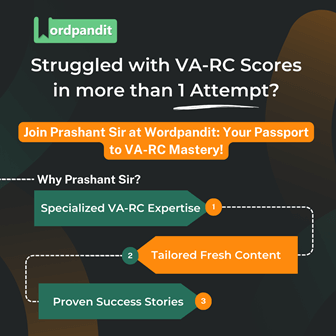Reading Suggestion-1
Article Name:Aadhaar’s $11-billion question
Author Name:Jean Drèze & Reetika Khera
Source:The Economic Times
Category: Economics
Summary for this article:
This article deals with the topic of how how World bank has a tendency of fabricating data in its re-ports and to prove his point the author gives us the example of AADHAR.
The author states how even former chief economist Paul Romer expressed in an email exchange with The Economist that World Bank economists have used “obviously fabricated” data from time to time but later tried to revert from his statement. An example of this controversy is the widely-quoted estimate of 11 billion dollars annual savings (or potential savings) due to Aadhaar. The source of this finding is the report by Consultative Group to Assist the Poor prepared by Shweta Banerjee. But the 11 billion dollars figure cited in that brief was not a savings figure at all but an estimate of GoI’s (Govt. of India )total annual expenditure on “major cash transfers”.
He has further explained that when this error was cited to the World Bank they published the correct version but this version too led to the same $ 11 billion figure in a very twisted way . They tried to justify this with two cases but in both of them the technical hurdles were unjustified as they quoted the first study but at the end lead to the same results.
The author also explains the justification given by the World Bank for its findings and then explains his stance lucidly by giving examples for them.Thus to conclude the author states that these findings on potential savings for all government transfers are conditional on accountable institutions to com-plement the investment in digital technology and this fact should be stated widely rather than being sidelined.
Words to learn from this article:
Fabricated: invent (something) in order to deceive
Retracted: withdraw (a statement or accusation) as untrue or unjustified
Intriguing: arousing one’s curiosity or interest; fascinating
Abounded: very plentiful; abundant
Invoke: cite or appeal to (someone or something) as an authority for an action or in support of an argument
Reading Suggestion-1: Click to read the full article
Reading Suggestion-2
Article Name:Biologics, patents and drug prices
Author Name:Feroz Ali & Sudarsan Rajagopal
Source:The Hindu
Category: Medicine
Summary for this article:
The article deals with how U.S patent laws grants pharmaceutical companies to issue secondary patent thus making blockbuster medicines ( highly selling medicine) expensive like Humira while India’s patent laws don’t thus keeping those blockbuster medicines affordable for many.
The article starts with how the global sales of the world’s best-selling prescription drug, Humira, con-tinues to grow even after the expiry of the patent over its main ingredient, adalimumab, which is used for treating arthritis. In 2015, Abbvie faced imminent expiry of the patent for Humira’s main ingredient but it had 75 secondary patents in the U.S. for new indications, new methods of treatment, new formulations, etc which would allow them to issue secondary patents . Which means they have a monopoly in creating Humaira.
The article also explains the practice of evergreening. He also compares the situation in India and mentions that because secondary patents are not allowed in India the same Humira medicine costs here Rs.13500 while in US Rs. 85000. The author mentions few more examples of such secondary patent medicines whose prices are sky rocketing in US but are very much affordable in India.
The authors concludes that Blockbuster medicines are crucial to the success of public health but they have been gamed and rendered inaccessible to the people and governments who need them by pharmaceutical companies for their own monetary benefits and in order for these medicines to be accessible to everyone there can be no surer way than to enact strong standards that put bad patents where they belong.
Words to learn from this article:
Precipitous: sudden and dramatic
Lucrative: producing a great deal of profit
Spanning: extend from side to side of
Reading Suggestion-2: Click to read the full article
Reading Suggestion-3
Article Name: Call to account: How I became a Non Performing Asset for my bank 😜
Author Name:Jug Suraiya
Source:The Times of India
Category:Humour/Economics
Summary for this article:
Jug Suraiya in his sarcastic column talks about NPAs and gives his two cents on the issue. The article starts with the background on NPAs, that the government is pumping in a large amount of money, going into many thousands of crores, to recapitalise state-run banks which have become ‘stressed’ because of non-performing assets, or NPAs
He gives the example of NPA by taking the example of Vijay Mallya who became a ‘wilful defaulter’, by taking loans from a bank and then refusing to repay them.He then narrates his own incident that even became an NPA nine years ago when after repeated requests to his bank for closing his account, his account which has not been in use for past 9 years is still operable.
He then explains that despite the huge cost of maintaining an account which is no longer in use, banks don’t close them as it looks bad on the bank’s report card. This leads the author to conclude that banks themselves can often be their own NPAs: Non-performing Asses.
Words to learn from this article:
Whopping: Huge, massive, gigantic
A moonlight flit: (slang, British) a departure by night with one’s possessions to avoid paying rent.
Ruinous: disastrous or destructive.










